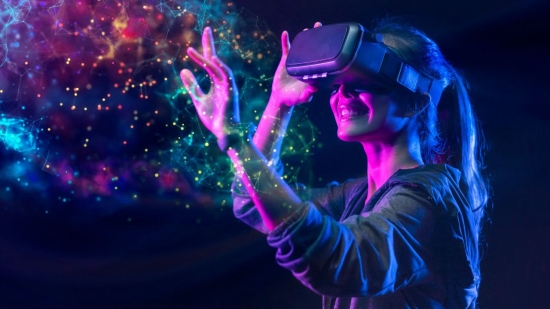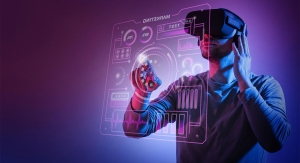Virtual Reality (VR), originally seen as a gaming tool, has permeated various sectors, revolutionizing the way we learn, train, simulate, exercise, and access healthcare. A deeper dive into the current applications and challenges of VR offers a comprehensive view of its transformative power in our daily lives.
Virtual Reality: The Digital Leap
Virtual Reality is a technological marvel that introduces users to a three-dimensional, computer-simulated environment, encouraging interaction. Using displays ranging from computers to wearable devices like head-mounted displays (HMD), VR creates an immersive digital experience as for example we can see on the resource https://www.tnhta.net/ where different types of virtual entertainment and informative materials are provided.
The primary categories of VR are:
- Non-immersive VR: Using screens around the user, it provides a virtual experience. An apt example is the driving or flight simulators, enveloping the user in a pseudo-reality.
- Immersive VR: Using wearable devices, such as HMDs, it allows 360-degree immersion into the virtual realm.
In the spectrum between real and virtual worlds, we find Augmented Reality (AR), overlaying digital imagery onto the physical world. This blending of AR and VR is termed Mixed Reality (XR).
Tracing the Roots of VR
The inception of VR dates back to the 1960s with Morton's Telesphere Mask and the Sensorama. These technologies aim to envelop the user in a cinematic experience. The subsequent decades saw the introduction of Oculus, which skyrocketed VR's popularity. Today, devices like HTC Vive, Samsung VR, Oculus, and Google Cardboard stand testimony to VR's mainstream adoption.
VR Beyond Gaming: A Multidimensional Tool
Dismantling the gaming stereotype, VR's applications span across:
- Education: Enhancing learning experiences and making complex topics comprehensible.
- Training: Creating real-life scenarios for better learning without the risks.
- Simulations: Replicating environments for training in aviation, driving, or medical procedures.
- Healthcare: Assisting in therapy, pain management, and surgical simulations.
However, the adoption of VR isn't devoid of challenges. From technological constraints to high costs and health concerns, the journey of VR has its share of hurdles. Yet, the relentless endeavors in research and development hint at a promising future.
A Closer Look at VR Applications
Industrial Simulation: Training with Precision
VR in industrial domains stands out, specifically in driving, flying, and military simulations. Here, the emphasis is on precision training without the associated risks.
Driving Simulations
Driving simulations offer an impeccable tool for training, behavioral studies, and data collection. Young drivers can harness VR to polish their skills, ensuring safer roads. Moreover, data gathered from these simulations aids in refining vehicle safety features and propelling the development of autonomous vehicles.
Bridging the Knowledge Gap
It's crucial to elevate the general understanding of VR's strengths and limitations. By focusing on its applications and challenges, we can harness VR's full potential, ensuring a transformative impact on various sectors.
In Conclusion
The versatility of Virtual Reality makes it a cornerstone of future technological advancements. Its adoption across diverse fields reinforces its potential to redefine the way we perceive the digital realm. As VR continues to evolve, it stands poised to usher in a new era, reimagining how we interact with the world around us.






Comments powered by CComment